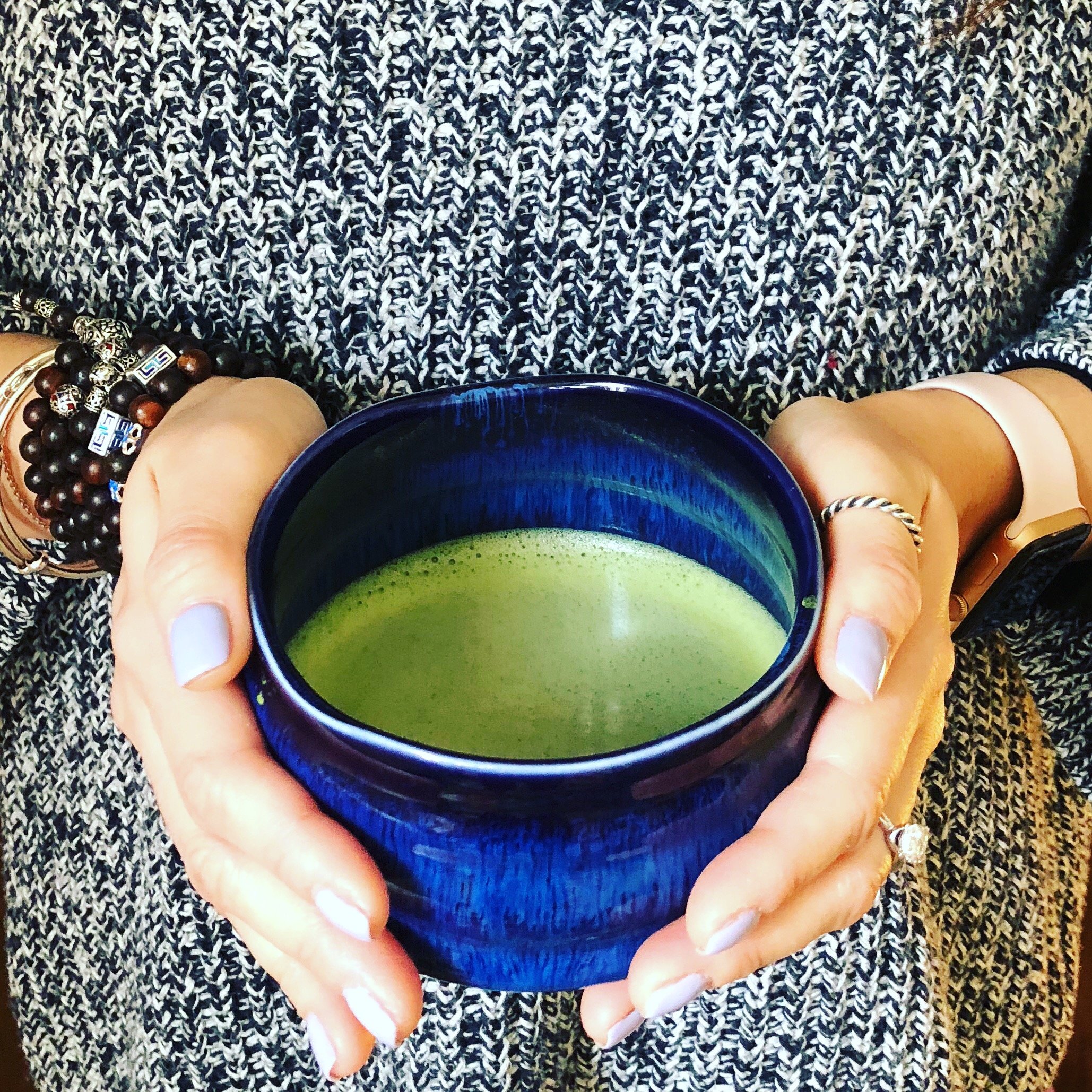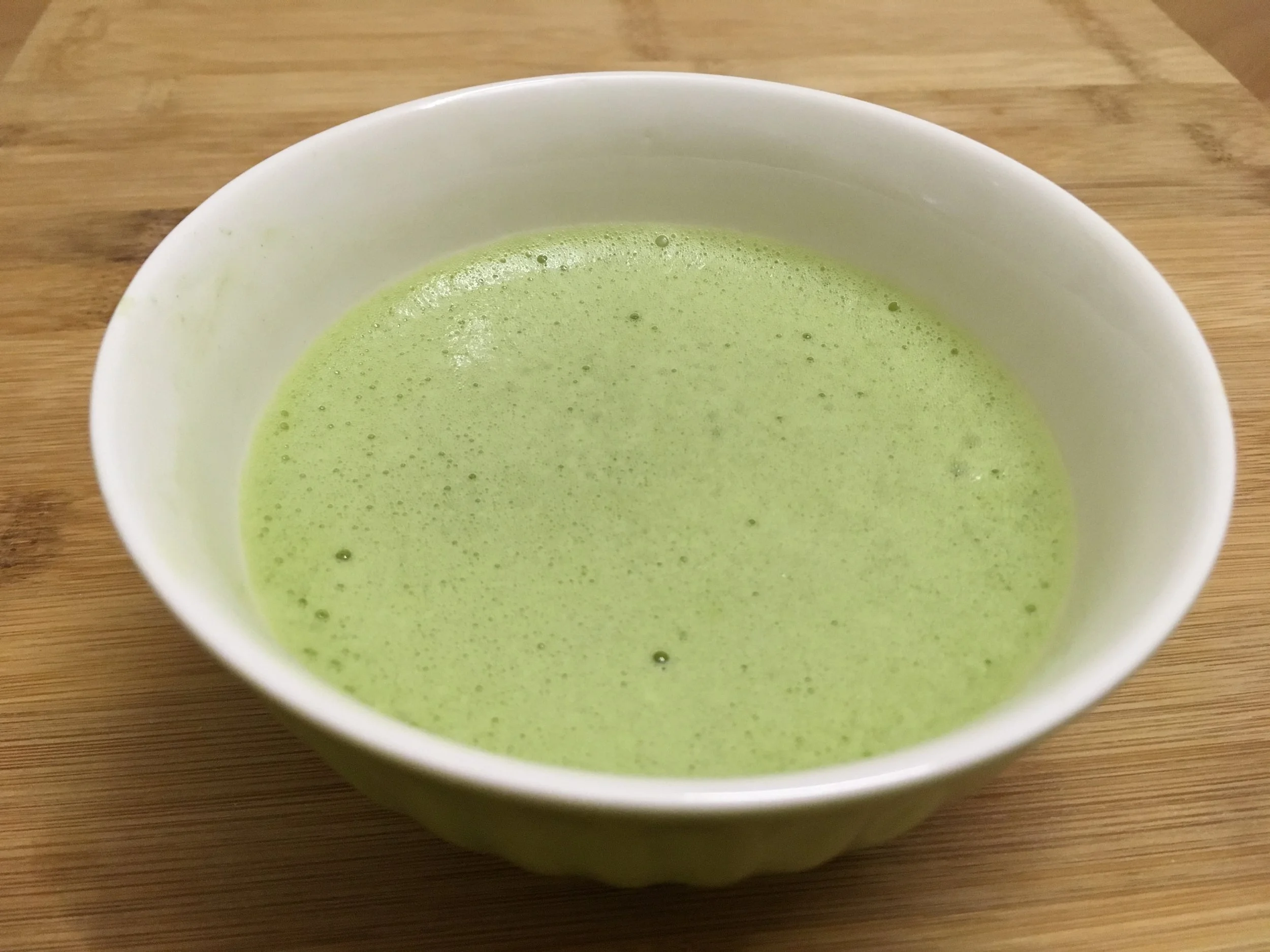Matcha is a type of green tea powder that has been gaining immense popularity in recent years due to its variety of health benefits. This traditional tea has been consumed in Japan for centuries, but its popularity has seen an uprise in the West. Apart from numerous vitamins, minerals and antioxidants, one of the benefits of matcha are its effects on brain function.
The findings are very promising and suggest that regular consumption of Matcha can improve mental clarity, alertness, and concentration.
First, Matcha contains several compounds that can improve mental focus by increasing dopamine and serotonin levels in the brain. A study done by the National Institute of Health found that the natural caffeine in Matcha can also help to boost cognitive performance.
Caffeine helps to increase alertness and focus while calming the mind and preventing stress-induced distraction. The ample antioxidants in Matcha also help to protect the brain against toxic free radicals.
Second, the amount of Matcha consumed can directly impact the degree of improved brain function. Generally, it is recommended to start off with one gram per cup of hot tea or a scoop of Matcha powder. As your body adjusts to terms a higher dosage, you can monitor your body’s reaction and make adjustments accordingly.
Finally, there are long-term benefits to drinking Matcha as well. A study from the American Journal of Nutrition found that regular consumption of Matcha could lead to an improved memory and long-term brain health.
Additionally, the polyphenols in Matcha can help to prevent Alzheimer's Disease, Parkinson's Disease, and other age-related degenerative brain illnesses.
In conclusion, there is evidence to support the use of Matcha to improve mental focus, focus, alertness and concentration. The key to gaining maximum benefits is to monitor your body's reaction to Matcha and consume it in moderation. With regular consumption, you can enjoy the long-term benefits of improved brain health.

















